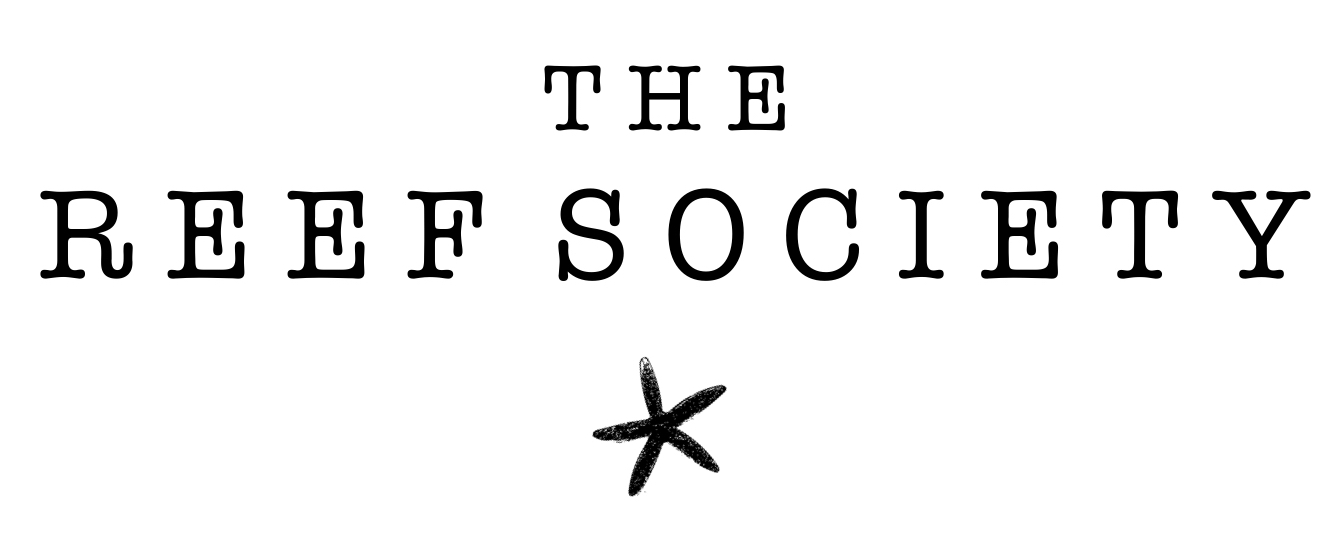The magic of our local reefs a few days ago. We were all shocked at the bleaching damage of 2016/17. The innovative science and reef management being undertaken is a shining light around the world. The recent Reef Restoration Symposium in Cairns showcased dozens of home-grown ideas to assist resilience and restoration of damaged areas. We should be very proud of the local efforts on the GBR - including our tourism operators, many of whom have been nurturing and caring for their reef sites for decades. We recognise that climate change is a global issue - but many people along the whole Queensland coast are doing a huge amount locally for reef health; scientists, managers, farmers, schools and communities.
But there is also a great story not being told about natural regeneration that is happening on many of our reefs that were damaged. I was so thrilled to see the old “Beginners area” at Agincourt 2D was flourishing - absolutely the best I’ve seen it look in many years. It struck me once again that one part of a reef can be in a very different state to those corals just tens of metres away. Change over space and time is what reefs do.
No matter what the actual state of reef health, its difficult to put into simple words, the complexity of reefs for an audience who don’t know reefs the way a fortunate few do. This is a challenge for all of us who speak with any authority on our reefs - scientists, managers and reef tourism operators.
We all have a responsibility to tell the whole story when we comment, because the GBR is in the global spotlight and our words are listened to by many. People everywhere need to understand the science within the context of the whole of the reef, including its complexity and scale. Failing to do this potentially threatens the way people think about the reef and its value, potentially leading to general pessimism and apathy, a disease that does not auger well for anyone.
The reef is worth a lot to the world. Its priceless. In $ terms its been valued at $56b, mostly through its iconic status, and through revenue from tourism. Tourism uses less than 7% of the whole reef - and most of it on less than 1%. We need people to see the reef to understand it. Because when you are aware, you care, and when you care you do what you can to help.
Get out there! The weather is perfect and there’s a reef just waiting to be explored by you!

